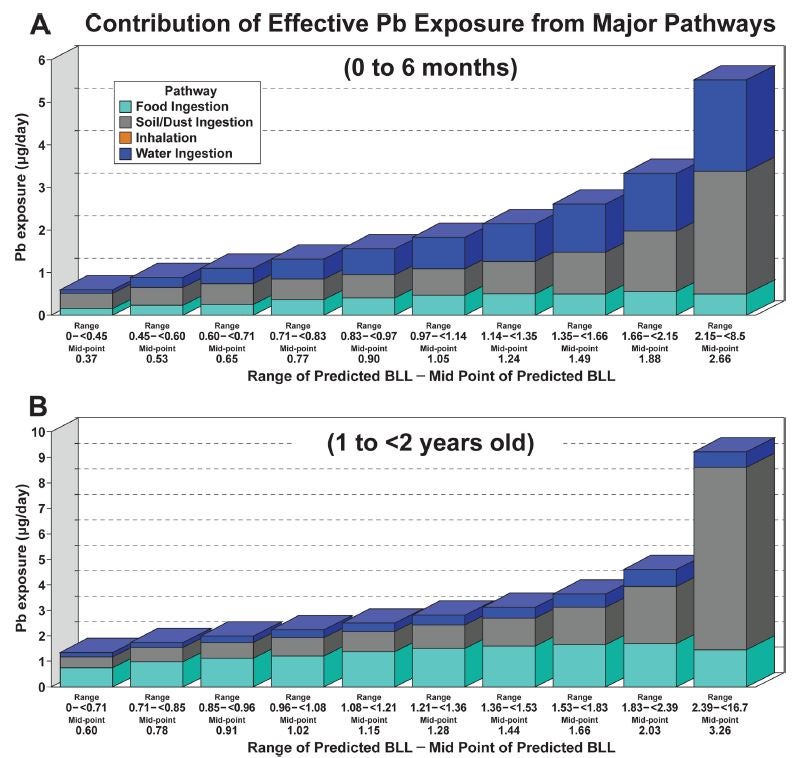ROE (Return on Environment) is the new ROI: how sustainability drives business success
By Tom Murray
Comparing the themes of Climate Week 2016 versus 2017 provides a telling picture of the state of climate affairs. “America Means Business: US Leadership in a post-Paris World” was last year’s focus, while this year is all about three words: “Innovation. Jobs. Prosperity.”
It has been a remarkable year for climate action – in the absence of federal oversight and leadership, we’ve seen a major shift towards city, state and business leaders becoming the standard-bearers for the environment and the economy. With the release of Fortune’s Change the World list, it is obvious that the bar for corporate leadership has been raised even further. Companies that previously stayed mute on environmental and social issues now speak out; not as an anomaly but as a defining factor of their business.
The expectations of today’s stakeholders – investors, employees, consumers, communities – demand a higher, more visionary level of sustainability leadership. Corporate leaders who put their money, and actions, where their mouth is on environmental and social issues are driving innovation, creating jobs, and gaining a new competitive edge for their businesses.
Recruiting top talent
According to a new Morgan Stanley report, millennials are three times more likely to seek out employment with a sustainably minded company.
Unilever (#21 on the Fortune list) CEO Paul Polman said that close to 1.8 million people now apply to work at the consumer giant company every year, many of whom are under 40. Why is that? “According to the data,” Polman reveals, approximately 60% “say it’s the Unilever Sustainable Living Plan and the bigger purpose that we have as a business.”
The Sustainable Living Plan is Unilever’s blueprint for growing the business while reducing waste, water, and energy use, including an ambitious goal of halving the environmental footprint of making and using Unilever products. Unilever also rises to the top in setting clear, actionable sustainability goals.
Improving the environment – and sales growth
Retail giant Walmart has been on a journey toward sustainability since partnering with Environmental Defense Fund (EDF) over 10 years ago. And its environmental efforts are paying off: ridding close to 90,000 consumer products of potentially harmful chemicals, reducing 36 million metric tons of greenhouse gas emissions from its supply chain in just six years, and now, making a bold commitment to eliminate a gigaton of emissions by 2030 – all of this with continued U.S. sales growth.
With climate change topping the list of global concerns for millennials, these planet-friendly business moves are just what Walmart needs to attract a new, younger demographic of customers.
But it’s not just Walmart that can benefit. As PBS NewsHour reported this weekend, large companies see payoffs in sustainability – including businesses like Mars Inc. and Smithfield Foods.
At the same time, new resources like the Corporate Carbon Policy Footprint hold companies accountable not just based on their own emissions, but also their public support of smart climate policy. That means consumers are better informed than ever to make purchasing decisions based on corporate climate leadership.
Investing for a healthy economy and environment
For long-term competitiveness, business investments cannot be made at the expense of the environment. The new report from Morgan Stanley, “Sustainable Signals: New Data from the Individual Investor,” assesses the state of sustainable investing through attitudes, perceptions, and behaviors of individual investors. Their findings:
- 71% of investors polled agreed that good social, environmental and governance practices can potentially lead to higher profitability and long-term investments
- 75% of individual investors are interested in sustainable investing
Thriving business, thriving communities
Land O’Lakes, Inc. (a farmer-owned cooperative ranked #50 on Fortune’s list), is supporting its member-owners to grow crops more efficiently and is committed to influencing sustainability practices on 20 million acres of farmland by 2025. Its business unit, Land O’Lakes SUSTAIN™ delivers precision agriculture technologies, practices, services and conservation resources for farmers across North America – and works in collaboration with EDF.
This program focuses on educating agricultural retailers, farmers’ most trusted advisors, on practices that improve air, water and soil quality. The ag retailers then bring this knowledge to their customers, the farmer, who can benefit from improved efficiencies. Ag retailers benefit from staying competitive in a challenging market.
Embedding sustainability into business strategy
The Harvard Business Review article, Competing on Social Purpose, separates companies born with a social or environmental purpose – think Patagonia, TOMS, Seventh Generation – from those integrating purpose and strategy late in life. The majority of established brands fall into the latter category, despite consumers’ increasing expectations for companies to have a social purpose.
Fortunately, resources like EDF’s three-part framework for corporate sustainability leadership can help companies get started by:
- Publicly committing to aggressive, science-based sustainability goals sends a clear market signal to your customers, shareholders and suppliers that you embrace a social purpose
- Collaborating across departments, industries, and the entire supply chain in order to deliver impact at scale
- Publicly support smart climate and environmental policy that will ensure long-term competitiveness by driving innovation, creating jobs, and improving efficiencies.
Whether you’re a leading global company that’s well on its way or a smaller company just beginning to embrace sustainability, business can and must lead the way toward a future where the economy, the planet, and people can prosper.
Follow Tom on Twitter, @tpmurray
Stay on top of the latest facts, information and resources aimed at the intersection of business and the environment. Sign up for the EDF+Business blog. [contact-form-7]





 Last month, Facebook announced its new $750 million data center will be located in New Albany, Ohio, just north of Columbus.
Last month, Facebook announced its new $750 million data center will be located in New Albany, Ohio, just north of Columbus.


 Over the past few years, Chicago has established itself as a leader in energy-efficient buildings.
Over the past few years, Chicago has established itself as a leader in energy-efficient buildings.